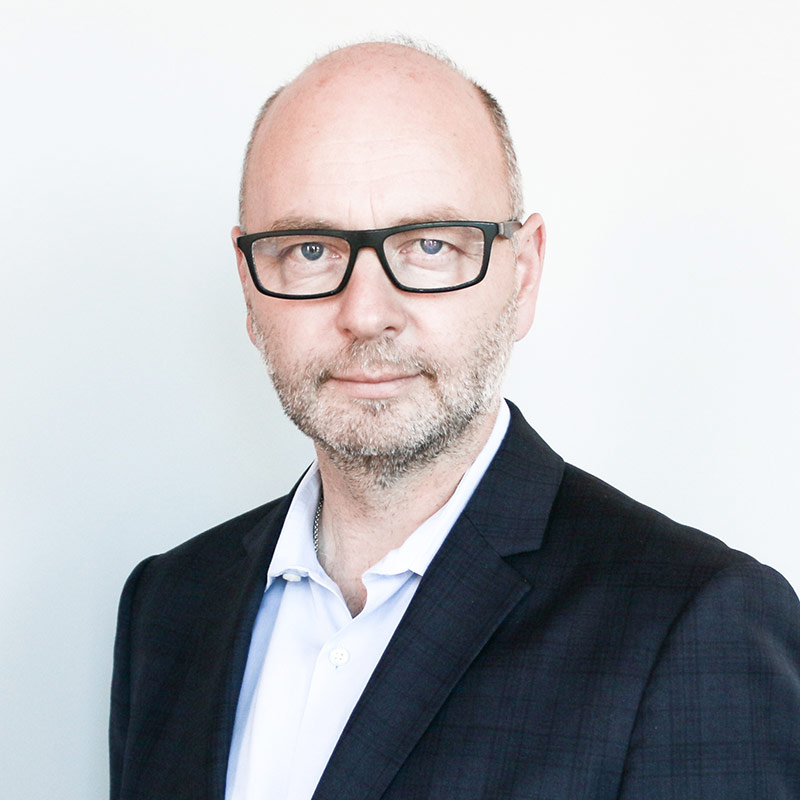iPhone in the Warsaw Ghetto
Let's just say I throw my smartphone over the wall into the Warsaw ghetto.
Along with it, I send instructions to make a video diary until the battery drains, then to wrap it in lots of newspaper before throwing it back.
I go back the next day and sure enough, I find photos and videos of the ghetto, along with several short interviews of people describing their daily routine, their hunger, their desperation. The videos feature people pleading to the device -- to the outside world -- for intervention. The speakers are surrounded by evidence of an event that does not yet have a name.
The material needs to get to people who can make a difference, but first it must be smuggled out of Poland. Resistance leader and emissary Jan Karski has agreed to take it with him to London and Washington.
Before the material can go anywhere, it has to be transcribed, translated and subtitled, a back-up copy must be made, and the data needs to be tagged and placed in a safe place. Also, detailed support material about when and where the photos and videos were taken must be created so there can be no doubt of their authenticity.
In addition, the anonymity of the victims needs to be secured -- they are in a life-threatening situation in a theater of what will one day be known as a genocide. That done, Karski is ready to see British Foreign Secretary Anthony Eden and President Franklin D. Roosevelt on July 28, 1943.
The wildly hypothetical question is, would photographic evidence and video testimony have made any difference to the wall of indifference that greeted Karski?
Before I answer my own question, it is important I state that as a student of history and an educator of the Holocaust, I profoundly disagree with “whatif” questions, as they serve no real purpose for the study of history.
There is no point in asking, “What if the Americans joined the war in 1941?” They did not and we do not know how events would have evolved differently even if they had.
However, my question is not asking what difference smartphones would have made in the past, but rather, are we leveraging the technology we have today to find better and more immediate solutions to global violence and genocide?
The first people to know that the threat of violence exists in any given hotspot are the victims themselves. People who are safe, secure and free of oppression never complain about being oppressed. There is no reason to fake oppression.
That means when any given group has reason to raise fears and concerns, we should always listen. When we do not listen to the victims of oppression and violence, we immediately become complicit with the perpetrators.
When we talk about them and politicize their plight without ever listening to them directly, we participate in their exclusion and dehumanization. Victims know exactly what is happening, and have ideas and strategies, or at the very least can explain the consequences of what is happening to them.
How many testimonies of Darfuris have you seen in the last 10 years?
Have you heard of the Rohingya, let alone listened to a single person speak about their experience in Burma? Imagine that you did. Imagine that you changed a nameless tragedy into a named person, with a husband and three children, all of whom are missing assumed dead. Imagine that she could explain to you what happened just this week and the plight she finds herself in this week. Do you think it would be so easy to ignore, knowing she shares the same planet, the same day, is staring up at the same moon as you at night?
Taking testimony in real time has many challenges. What format, what questions, who does the interview, where they conduct it, how is safety guaranteed, how does material gets into safe hands, how it is used for good while doing no harm? But these obstacles are no reason for us not to collect and to do so now, because genocide cannot be prevented in the past, only in the present, and who better to be advocates for their own cause than those who are experiencing it today?
And so the question of the iPhone in the Warsaw Ghetto is not a distracting hypothetical question, but rather a matter of contemporary praxis. I imagine Karski's briefing with Roosevelt being an altogether different affair, as real people in the ghetto could have addressed him directly onscreen, speaking to his humanity. We will never know how things could have been different. The only thing in our power is to make them different in future and to use every tool at our disposal.
For full video testimony of Jan Karski log onto vhaonline.usc.edu and search under “people.” For video testimony from Darfur, see samples of forthcoming testimony with USC Shoah Foundation partner 24 Hours for Darfur.
Like this article? Get our e-newsletter.
Be the first to learn about new articles and personal stories like the one you've just read.
